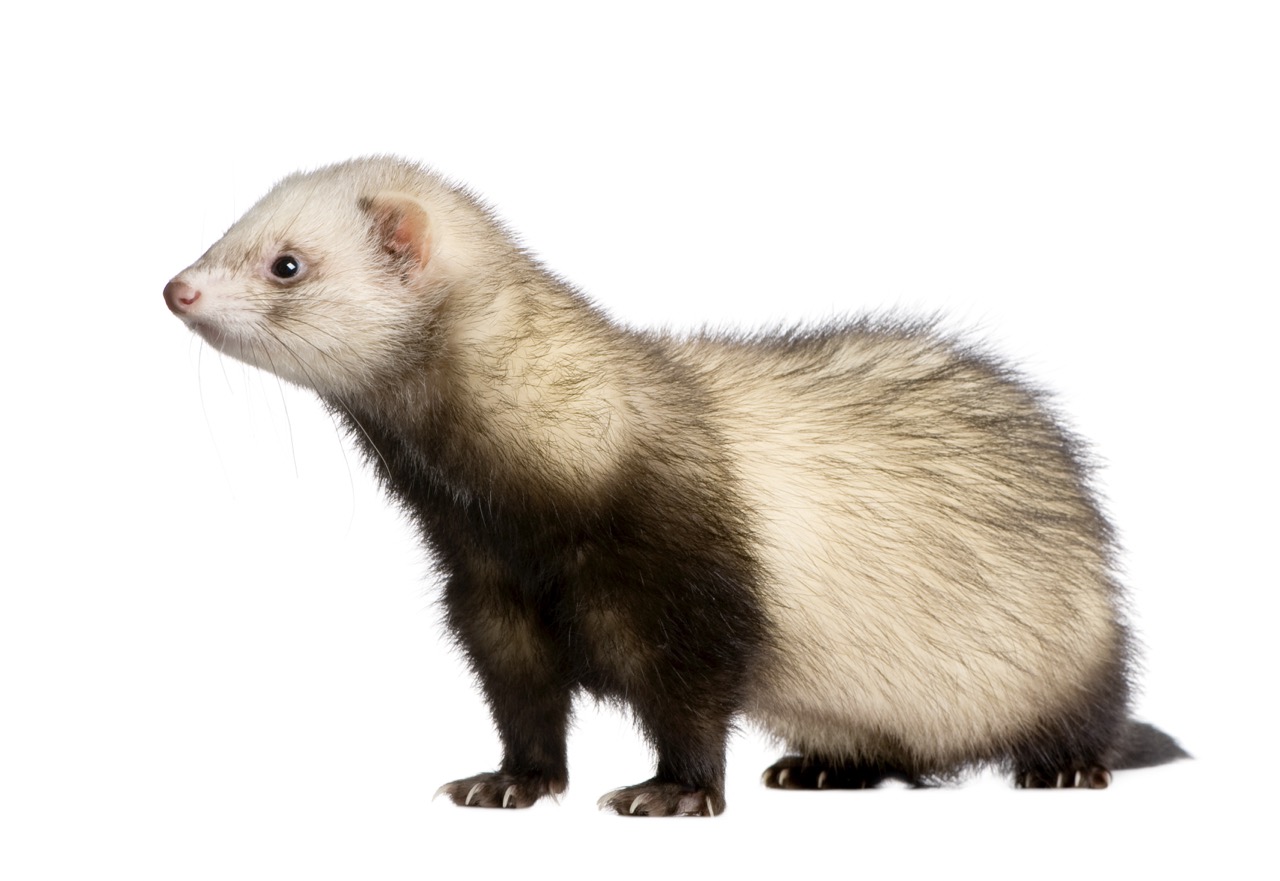The digestive system of ferrets is a fascinating aspect of their biology that plays a crucial role in their overall health and well-being. As obligate carnivores, ferrets have evolved a unique digestive tract that is specifically adapted to process animal-based proteins effectively. Understanding the anatomy and functioning of their digestive system can help ferret owners provide optimal nutrition and care for their beloved pets. This article explores the key components of the ferret digestive system, highlighting the processes that occur from the moment food enters the mouth to when it reaches the stomach.
Understanding the Anatomy of Ferrets’ Digestive System
Ferrets possess a relatively simple digestive system that is markedly different from that of many other mammals. Their gastrointestinal tract is short, making it highly efficient for the rapid digestion and absorption of nutrients from their meat-based diet. The digestive anatomy of ferrets includes critical components such as the mouth, esophagus, stomach, small intestine, cecum, and colon. Notably, the small intestine is the primary site for nutrient absorption, while the cecum, despite being smaller in ferrets compared to other animals, still plays a role in the fermentation of food.
The digestive tract of ferrets is also designed to handle high-protein diets. Their stomach can produce strong acids to break down meat and bone, reflecting their evolutionary adaptation to a carnivorous lifestyle. Ferrets have a single-stomach system, which differentiates them from animals with multiphasic digestion, such as ruminants. This streamlined digestive process means that ferrets can derive energy and nutrients quickly, a vital capability considering their high metabolic rate.
An understanding of the anatomical structure of a ferret’s digestive system is essential for pet owners and veterinarians alike. Knowledge of how each part functions can aid in diagnosing potential health issues related to digestion. Ferrets can suffer from various gastrointestinal disorders, and being familiar with their digestive anatomy allows for more effective interventions and dietary planning.
The Role of the Mouth in Ferret Digestion Process
The mouth is the initial site where the journey of food begins in the ferret’s digestive system. Ferrets have sharp, carnassial teeth that are perfect for grasping and tearing meat. Their dental structure is specifically adapted to their diet, allowing them to efficiently chew and break down their food before swallowing. Unlike some other mammals, ferrets do not chew their food thoroughly; instead, they often swallow large pieces, relying on their stomach’s acidity and enzymes to do the heavy lifting of digestion.
Saliva in ferrets, while present, is not as significant in digestive processes as in some other animals. Ferrets produce less salivary amylase, the enzyme responsible for carbohydrate breakdown, which aligns with their low carbohydrate intake. Their saliva primarily serves to lubricate food as it is swallowed, making the transition to the esophagus smoother. Additionally, the presence of certain enzymes in saliva can play a minor role in the initial breakdown of proteins, but this is not the primary function of saliva in ferrets.
Beyond the mechanical and preliminary chemical breakdown of food, the mouth also serves as a sensory organ. Ferrets use their keen sense of smell and taste to assess food quality, which is crucial for their dietary preferences. Their natural instincts drive them to seek out high-protein and high-fat foods, which are essential for their health. Understanding this aspect can help owners make informed decisions about their ferret’s diet, ensuring they receive the right nutrients from the outset.
Journey Through the Esophagus: Food Transportation
Once food is ingested, it travels down the esophagus, a muscular tube that connects the mouth to the stomach. The esophagus of a ferret is designed to facilitate the swift transportation of food through coordinated muscle contractions known as peristalsis. This involuntary movement ensures that food is pushed efficiently toward the stomach, minimizing the time it spends in the esophagus. The diameter of the esophagus is relatively small, yet it accommodates the passage of food effectively due to its muscular structure.
The esophagus also features a lower esophageal sphincter (LES) that prevents the backflow of stomach contents. This sphincter is crucial for maintaining proper digestive function, as it helps ensure that the acidic environment of the stomach remains contained. If the LES is compromised, it can lead to gastroesophageal reflux, a condition that may cause discomfort and health issues in ferrets. Understanding the role of the esophagus in digestion highlights the importance of maintaining a healthy diet that does not overwhelm this system.
In addition to its primary function of transporting food, the esophagus can also serve as a conduit for foreign objects or potential hazards. Ferrets are known for their curious nature, and they may ingest inappropriate items. Awareness of this behavior is vital for pet owners, as it can lead to obstructions in the esophagus or other parts of the digestive tract. Regular monitoring of a ferret’s chewing habits and dietary intake is essential to ensure their esophagus remains unhindered by foreign materials.
The Stomach: Ferrets’ Unique Digestive Functionality
The stomach is where much of the fermentation and breakdown of food takes place in ferrets. The stomachs of ferrets are relatively small but highly acidic, with a pH that can drop as low as 1-2. This acidic environment is essential for the denaturation of proteins and the activation of digestive enzymes that further break down food. The strong gastric juices in a ferret’s stomach are crucial for digesting the protein-rich diets they are adapted to consume.
Ferrets also exhibit a rapid gastric emptying process, which means that food passes through their stomach relatively quickly—often within a few hours. This quick transit allows them to maintain high energy levels, as they can efficiently process their food and extract the necessary nutrients. However, this rapid digestion also means that ferrets require frequent meals throughout the day, as they are unable to store large quantities of food for extended periods. A well-structured feeding schedule is essential for the health and vitality of ferrets.
The stomach’s unique functionality is also accompanied by certain health considerations. Ferrets are prone to gastrointestinal issues such as gastritis or foreign body obstruction, and understanding their stomach’s role in digestion can aid in early detection of these problems. Owners should observe signs of distress, such as vomiting or changes in appetite, which can indicate that the stomach is not functioning optimally. By fostering a healthy diet and being vigilant about any changes in behavior, ferret owners can help ensure that their pets maintain a well-functioning digestive system.
In summary, the digestive system of ferrets is a finely tuned process that efficiently handles their carnivorous diet. From the mouth’s role in initial food breakdown to the esophagus’s function in transporting food and the stomach’s dynamic digestion processes, each component plays a vital role in their overall health. Understanding this system is essential for ferret owners, as it empowers them to make informed dietary choices and to recognize potential health issues early. By ensuring that ferrets receive the appropriate nutrition and care, we can support their unique digestive needs and promote their long-term well-being.










